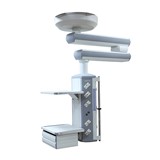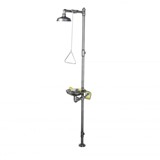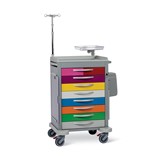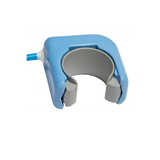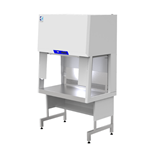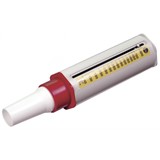Read Part 1: Emergency in the emergency room – solutions to system overload
Read Part 2: Emergency in the emergency room – tackling high admission rates
Streamlining tests
In the majority of cases, laboratory or radiology tests will be necessary before further action can be taken. Thus, waiting times associated with diagnostic processes (both for tests to be performed and test results) represent an important area to consider when targeting bottlenecks in patient flow.
The specific causes of inefficiencies may be highlighted with Lean Six Sigma methodology. This technique was initially developed to streamline processes in industrial businesses, but has since been used in a variety of sectors.
Prompt ordering of tests may be achieved by training nurses to request X-rays during triage. In addition, the availability of multi-skilled staff capable of a variety of routine procedures is useful, particularly for less severe or straightforward cases. For patients with convenient travel to the hospital, returning home to await results may be a sensible and more comfortable option.
Maximising specialists' availability
The availability of specialist physicians is essential to expedite all stages – diagnosis, treatment, and assessment of discharge disposition. Consultation with a senior physician should take place shortly after emergency room admission, within half an hour has been suggested as a defining threshold.
However, this relies on good provision of highly trained staff, which, often because of cost issues, is not a reality in many hospitals.
A cost-effective solution is the use of scribes for documentation, allowing physicians to focus their attention on patients. In a task force report from the American College of Emergency Physicians, it was estimated that an average emergency physician spends around one and a half to two hours per eight-hour shift on written work.
Real life in Australia
For a real-world perspective, let's look at figures from Australia on the time elapsed from presentation in the emergency department to the start of clinical care.
Although there were notable differences between territories, between 2012 and 2013 the proportion of presentations for which the waiting time was within that specified according to triage category was as follows: 100 per cent for resuscitation, 82 per cent for emergency, 68 per cent for urgent, 72 per cent for semi-urgent, and 91 per cent for non-urgent patients.
These data reveal that patients in triage categories at either end of the spectrum – the most serious cases requiring immediate care, and the least serious, non-urgent cases – were dealt with more efficiently than those in intermediate categories.



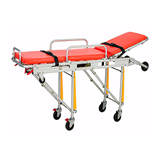
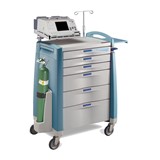
-160x160-state_article-rel-cat.png)


